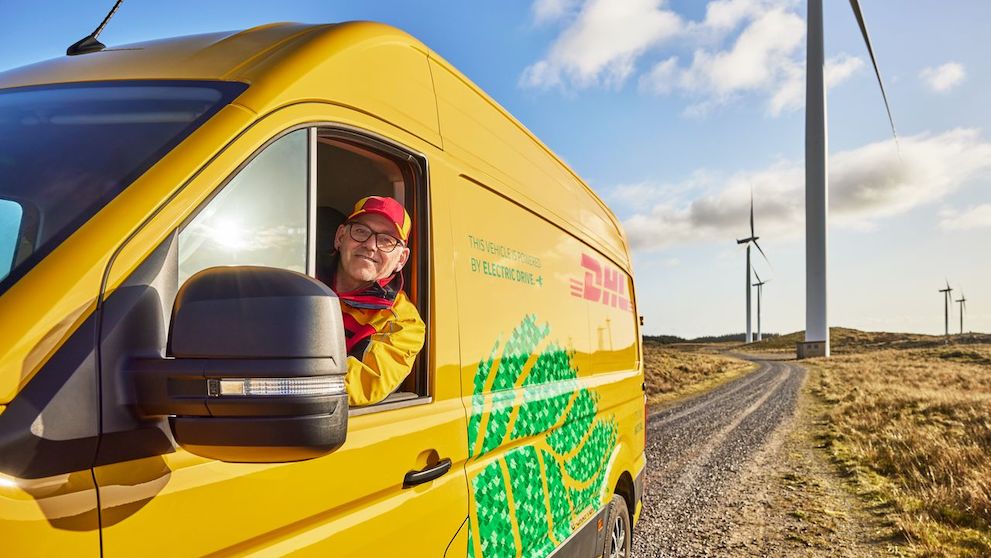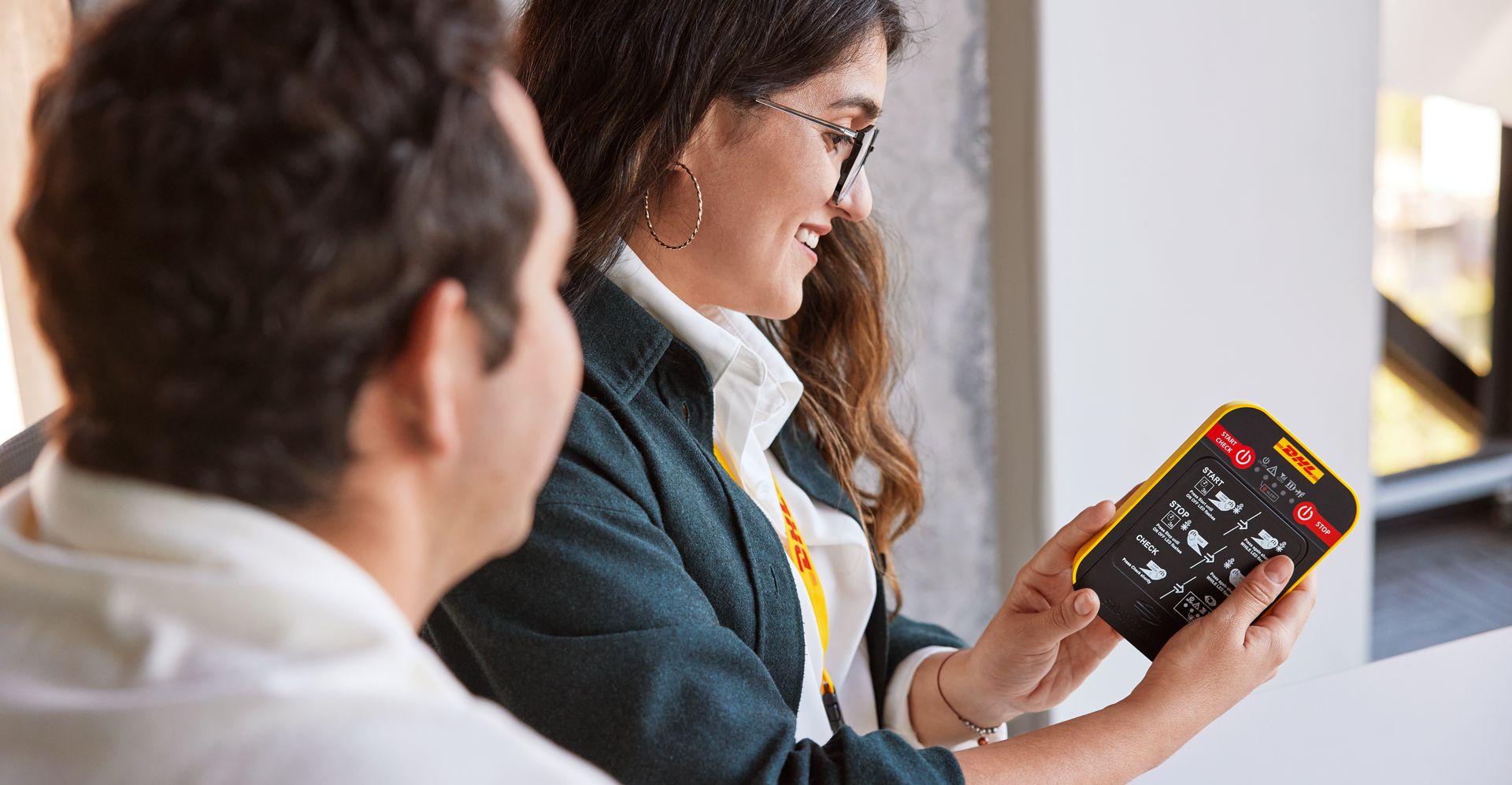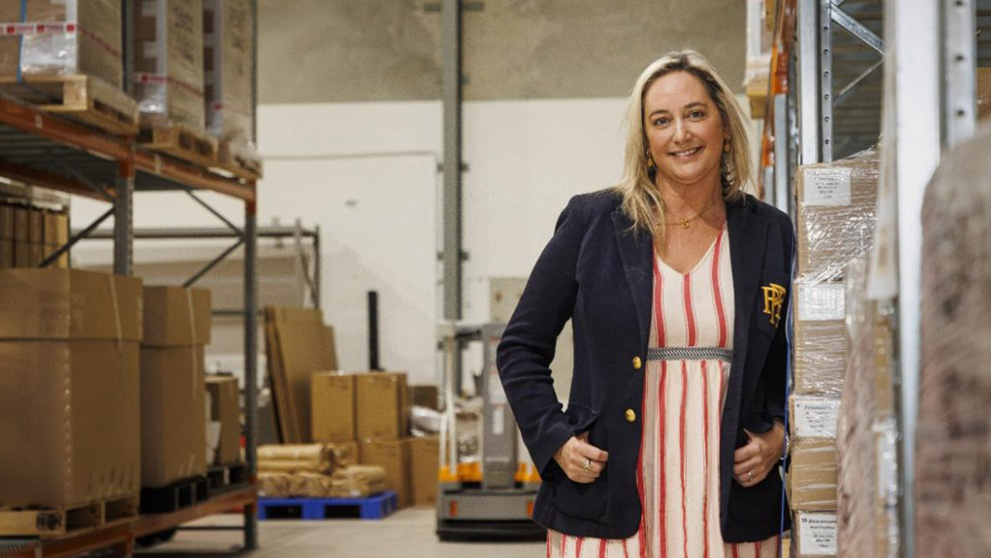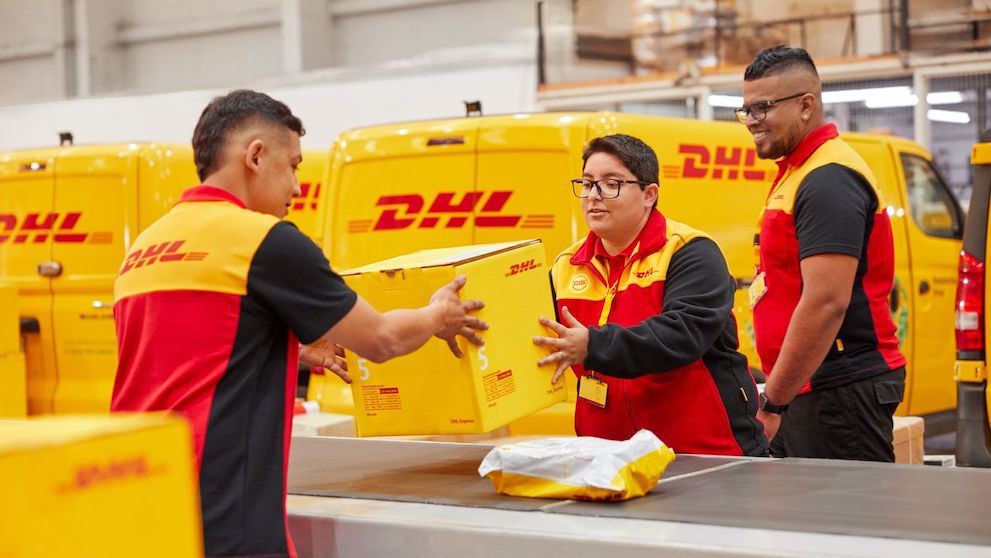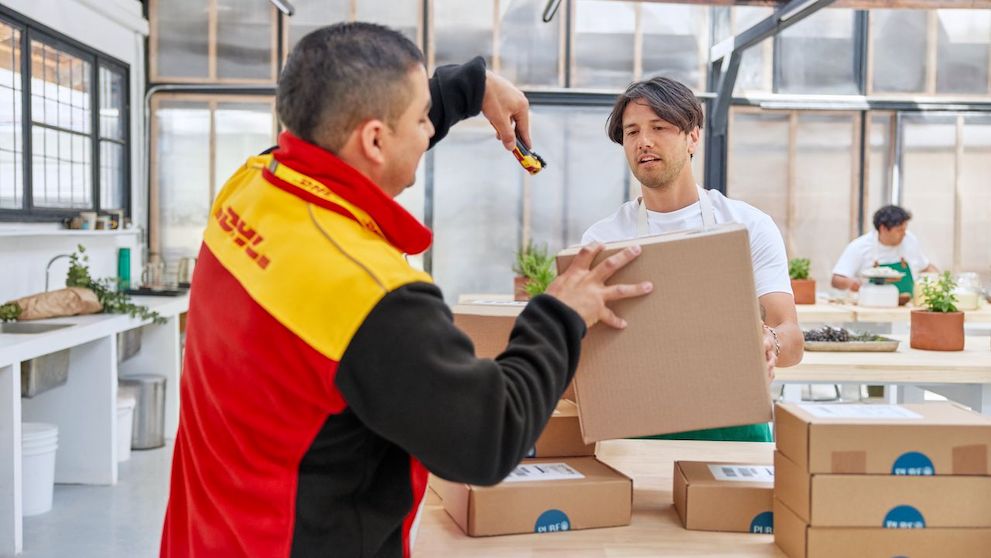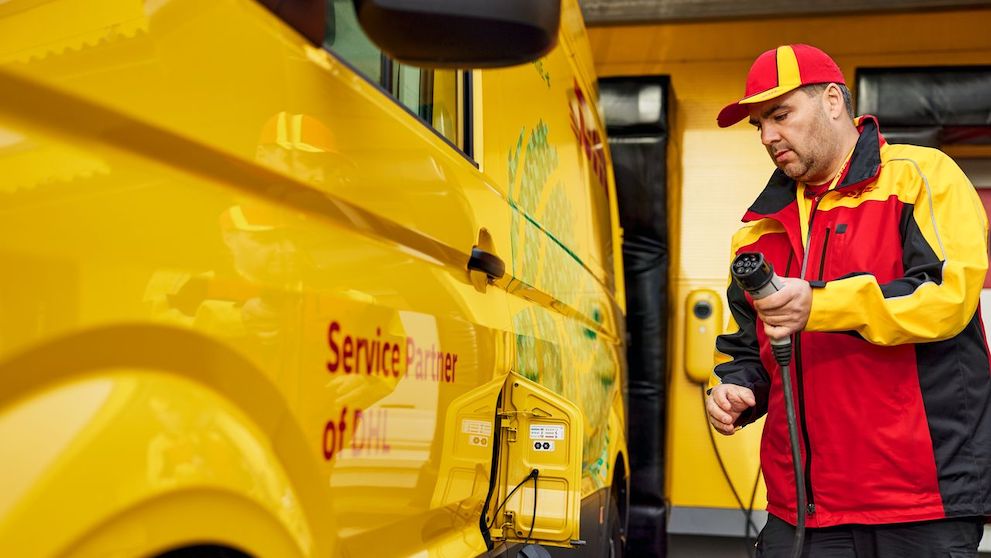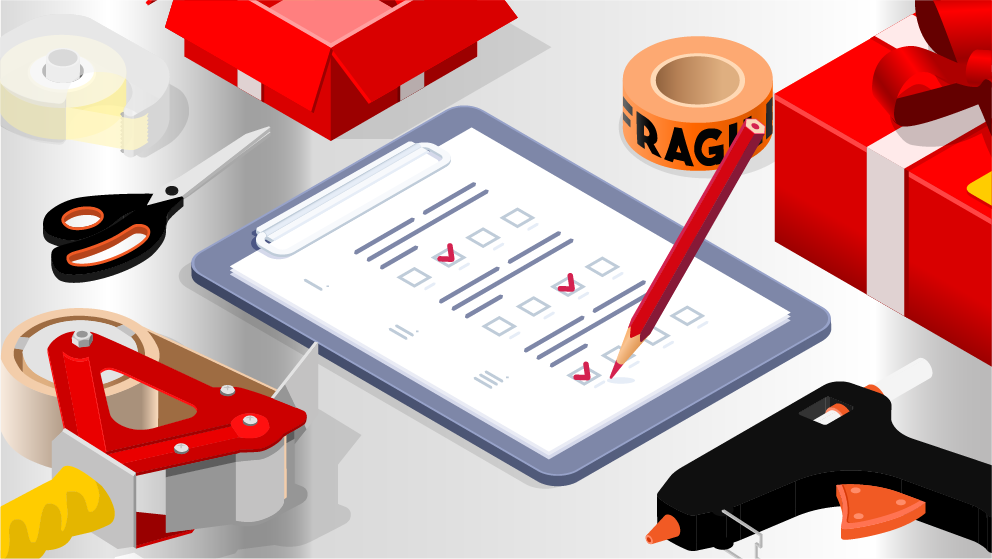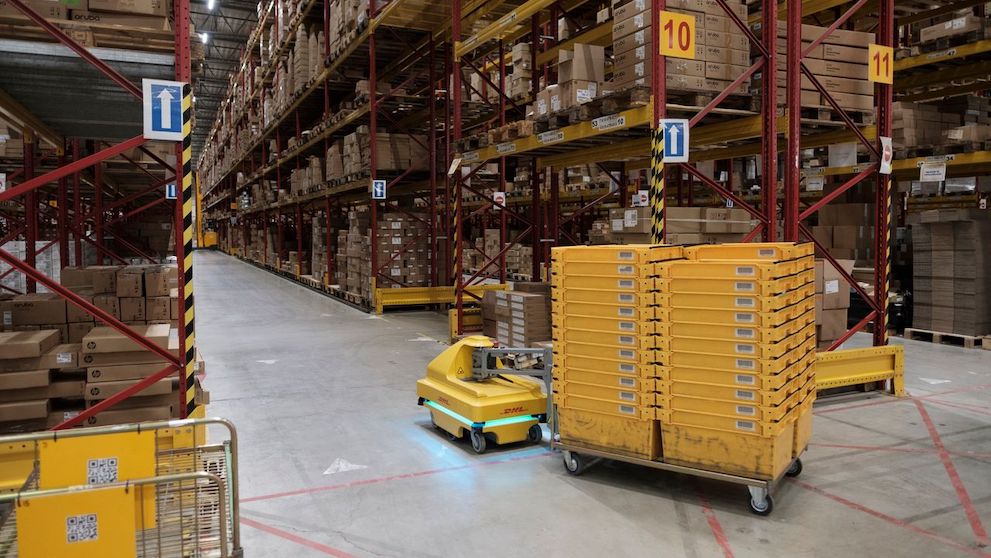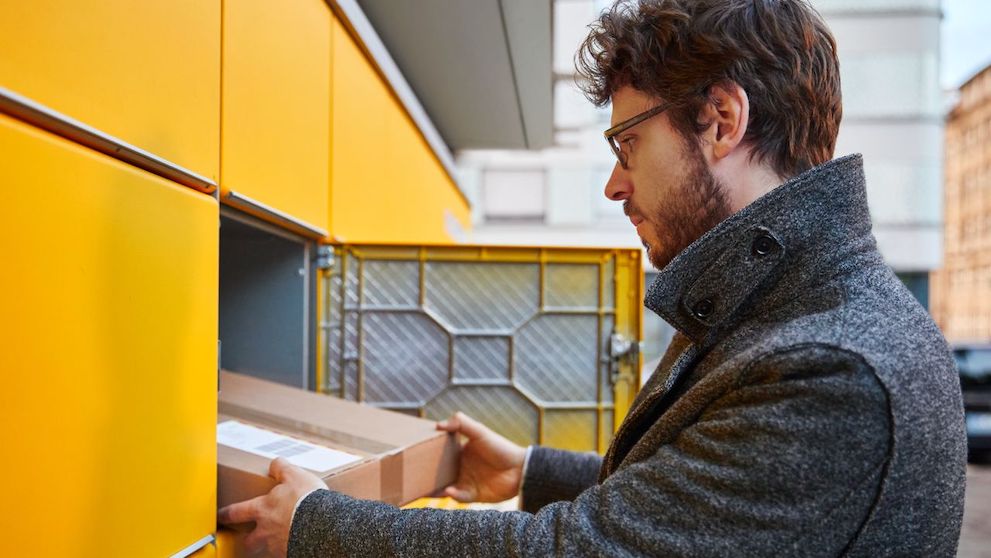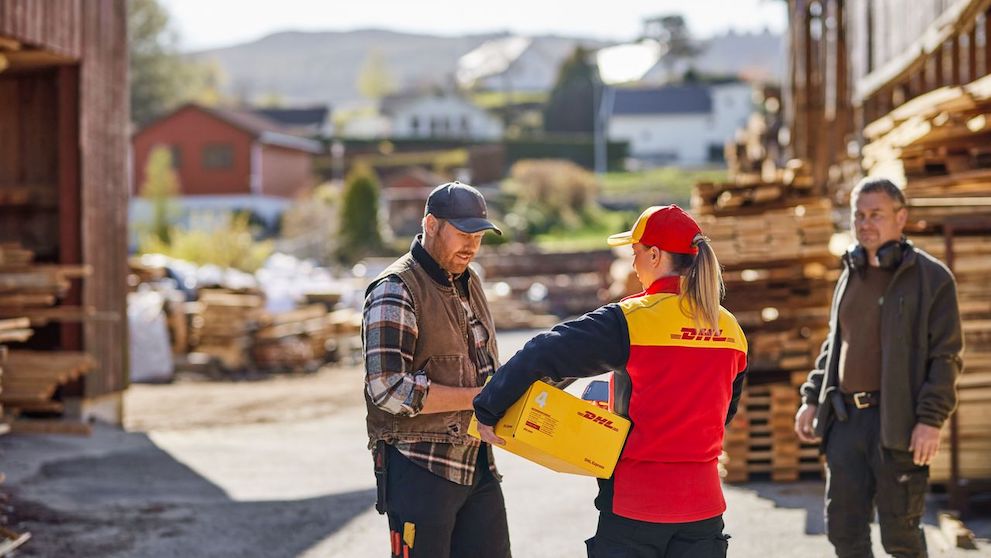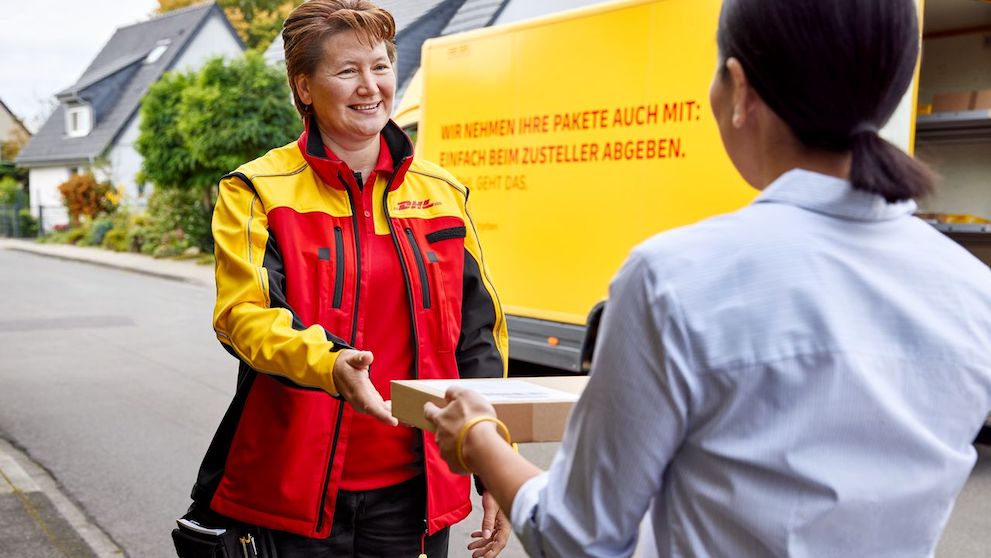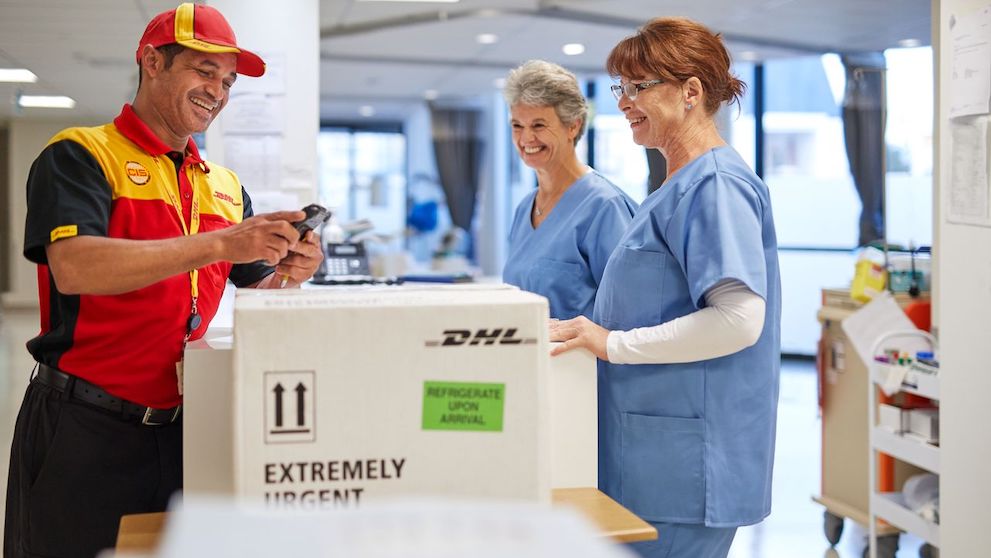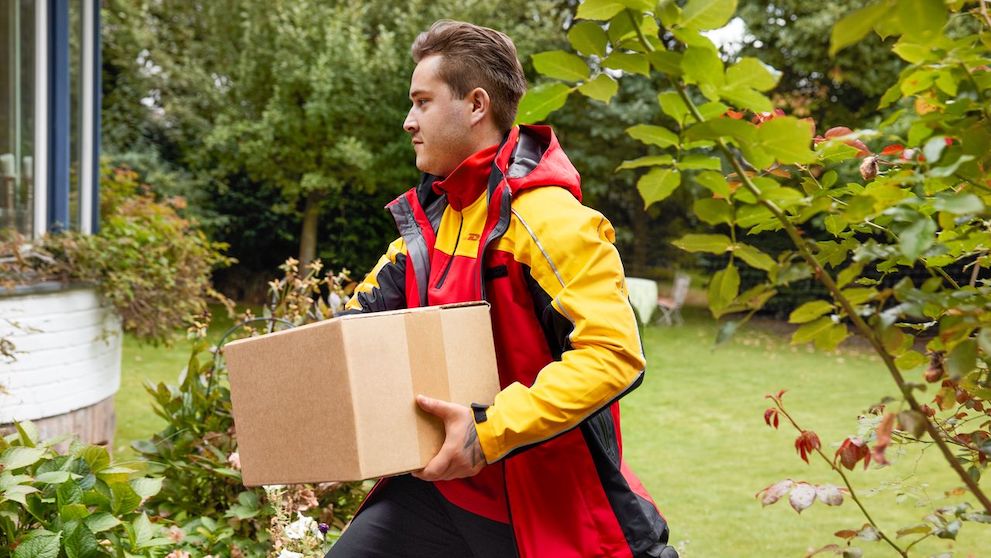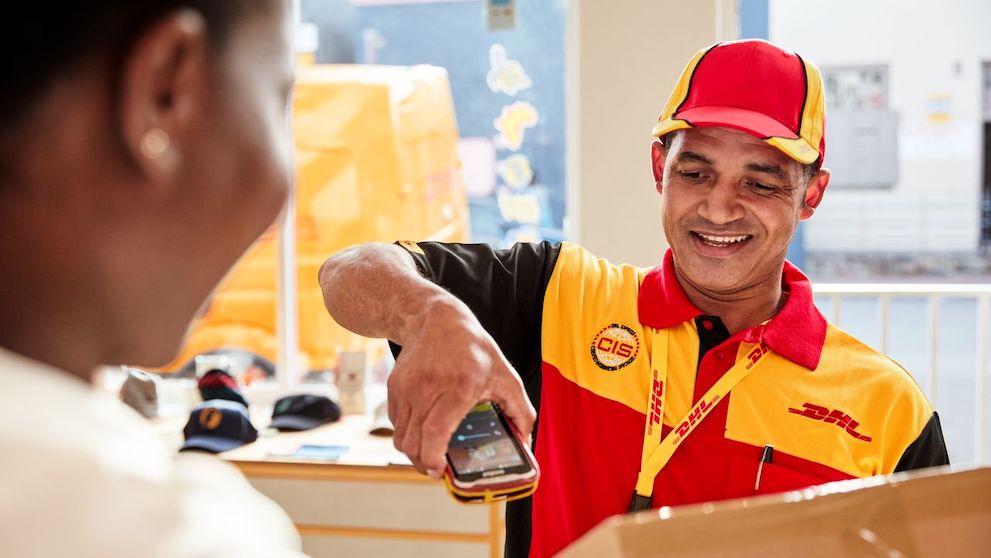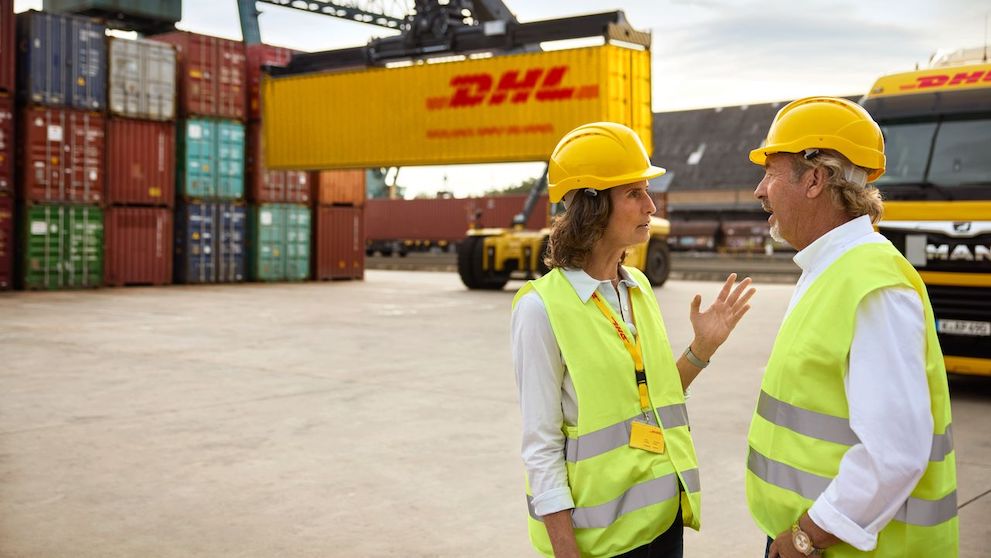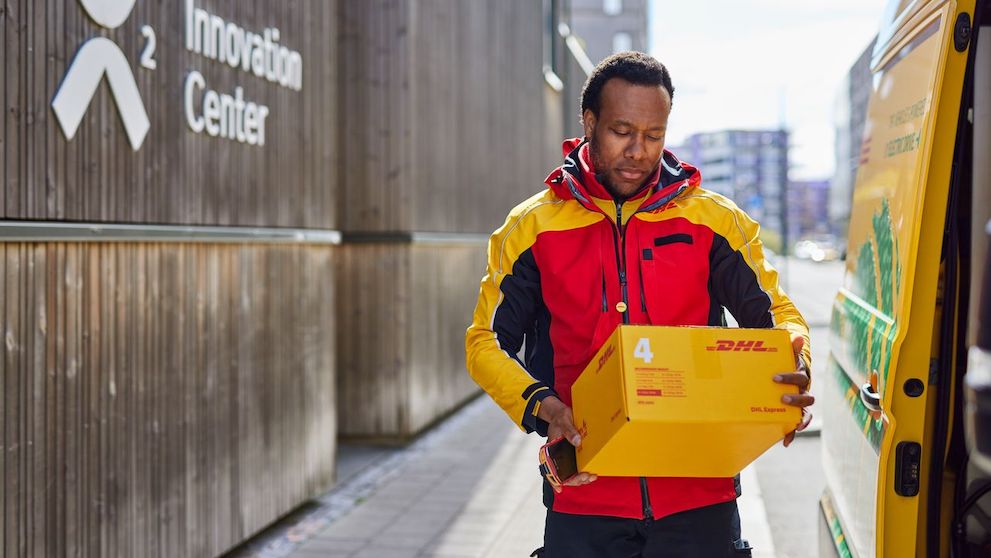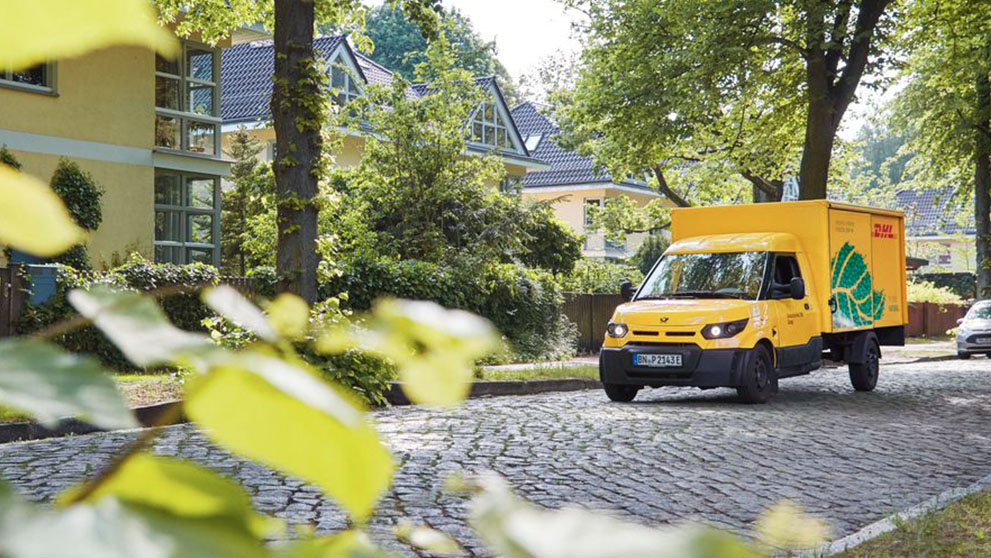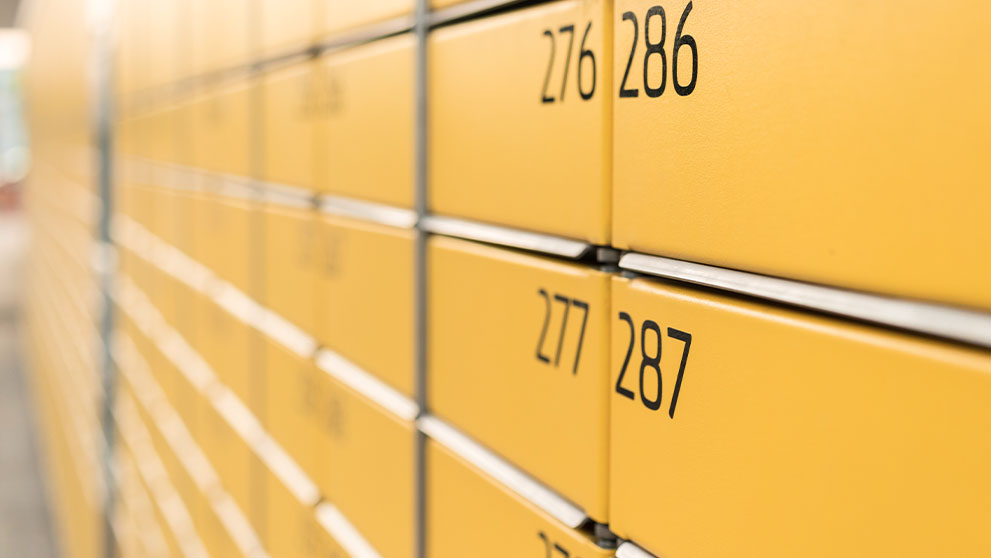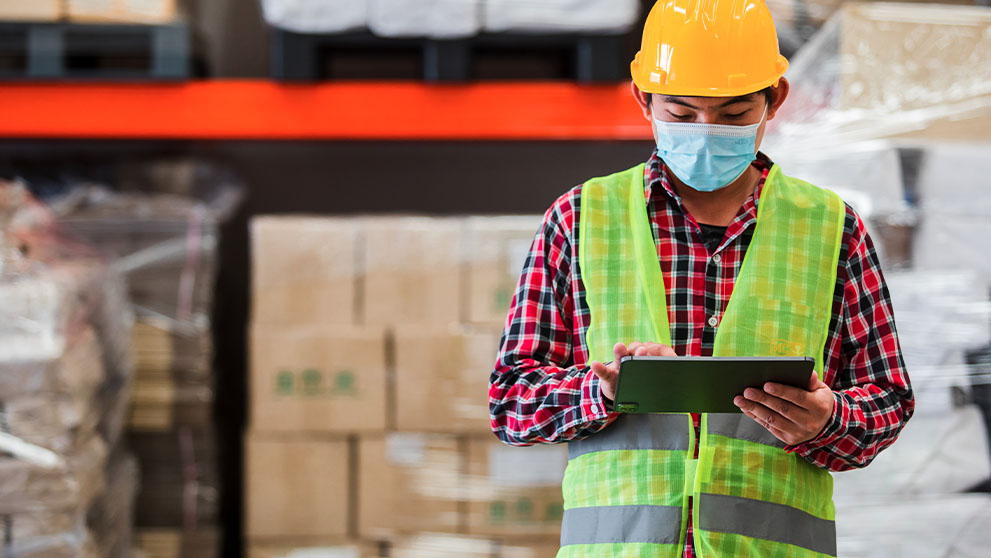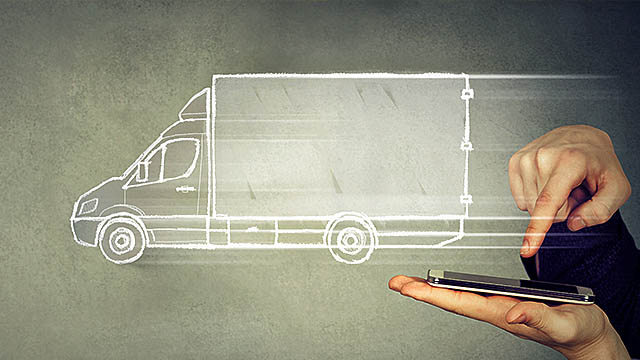With the popularisation of e-commerce, efficient order fulfilment is no longer a bonus but an expected service. As any dissatisfaction in this stage can negate all prior efforts to create a positive customer experience, businesses are racing to adopt automation and implement supply chain best practices to accelerate shipping, all while keeping costs low. Unfortunately, optimising last-mile delivery remains one of the most significant hurdles companies face.
Challenges in last-mile delivery
The final leg of a product's journey, last-mile delivery involves moving goods from the warehouse to the customer's doorstep, which makes it indispensable in the larger logistics process. However, getting this stage right is not an easy feat. If you have had the experience of tracking an e-commerce order, you will not be unfamiliar with the situation where the courier status of the parcel is perpetually listed as "out for delivery".
The issue is primarily due to having several stops with low drop sizes in the final leg of the shipment. In places like New Zealand, this problem can be particularly prominent. As a country with a low population density, delivery points can be spread out, with few parcels dropped off at each location. This means an increased cost of delivery, complexity in route planning, and difficulty in enhancing shipping efficiency.
Following the rise in green consumerism, companies also face growing pressure to reconcile the demand for speed and efficiency with sustainable practices, which is a tricky balance to maintain. Fortunately, last-mile delivery solutions offered by third-party logistics providers can fill the gap and help businesses elevate their customers’ experience.
How last-mile delivery solutions optimise efficiency
1. Use of technology and automation
In the technology-driven era, automation and technology play an increasingly vital role in revolutionising business operations, and this is no exception when it comes to last-mile delivery. In fact, the logistics industry expects the use of robotics to increase by 133%, as reported by Venture Beats. Besides streamlining warehouse processes and order processing, the use of innovative technology can benefit businesses in the following ways:
Real-time tracking
By implementing GPS tracking systems in delivery vehicles and leveraging the Internet of Things (IoT), the last-mile journey can be closely monitored in real time. This enables potential obstacles to be anticipated and proactively avoided, ensuring quicker deliveries as well as minimising shipping delays and carbon emissions.
Meanwhile, e-commerce firms can also provide customers with increased visibility of the last-mile journey, which enhances the customer experience and improves retention rates. This is supported by findings in the Last Mile Mandate survey, which noted that organisations risk losing 85% of customers because of a poor delivery experience.
Automated route planning
Leveraging predictive technologies in route planning ensures that products are shipped via the most efficient route, facilitating timely last-mile deliveries. Meanwhile, optimised routes also help logistics companies reduce operational costs in ways such as improving fuel efficiency and fleet deployment, enabling end consumers to benefit from a lower shipping fee. These factors all contribute to elevating your customers’ experience with your e-commerce company.
2. Implementation of sustainable delivery methods
As regulatory scrutiny on carbon emissions rises alongside the demand for sustainable delivery options, reducing the carbon footprint in last-mile logistics has become more imperative than ever for regulatory compliance and corporate branding.
Given this trend of sustainability, logistics providers are responding by offering green last-mile initiatives. For instance, DHL Express offers GoGreen solutions and has plans to convert at least 60% of its last-mile delivery fleets to electric vehicles to help clients reduce their environmental footprint. By partnering with such providers, e-commerce firms can enhance their image as sustainable organisations without making costly investments in their own eco-friendly vehicles.
3. Collaboration with local partners and stakeholders
Even with optimised last-mile shipping routes, unexpected situations can still result in shipment delays. However, with the support of a logistics provider, companies can take advantage of their courier partner’s established working relationships with global stakeholders to expedite and resolve shipment issues promptly.
Above all, they can tap into the logistics service provider’s local infrastructure to offer quicker shipping solutions, such as same-day deliveries. Through these avenues, businesses are empowered to go above and beyond their customers’ expectations and gain an edge in the competitive e-commerce market.
